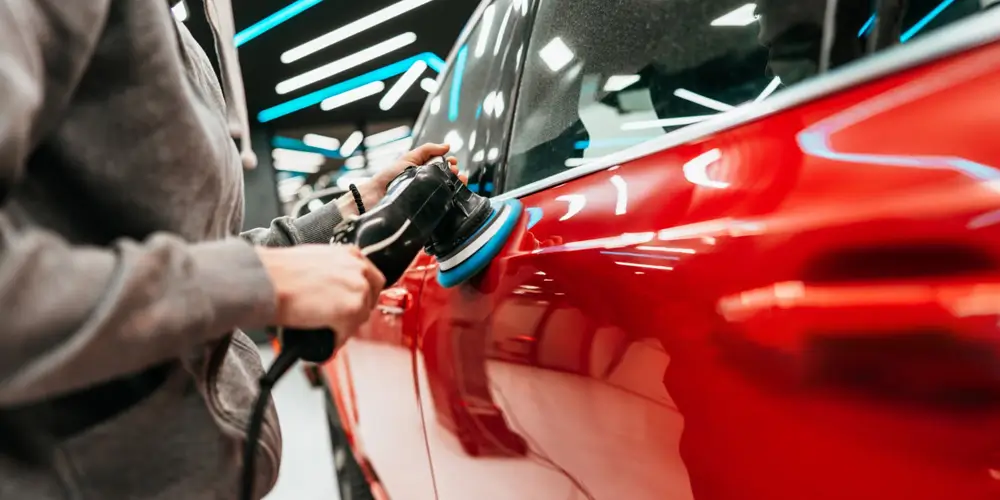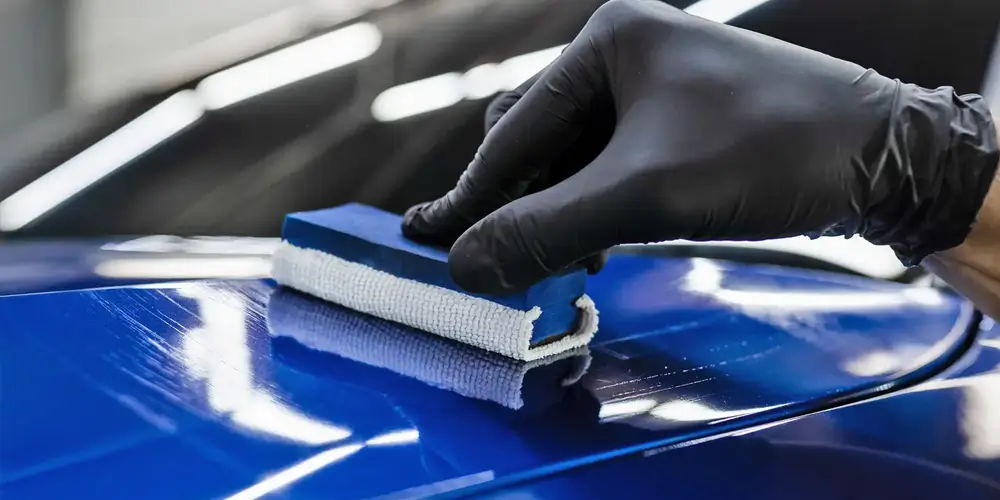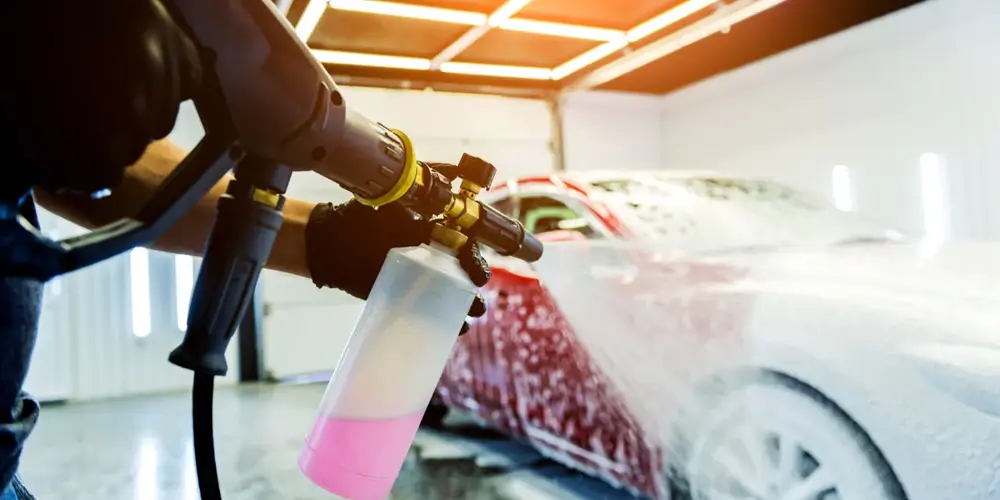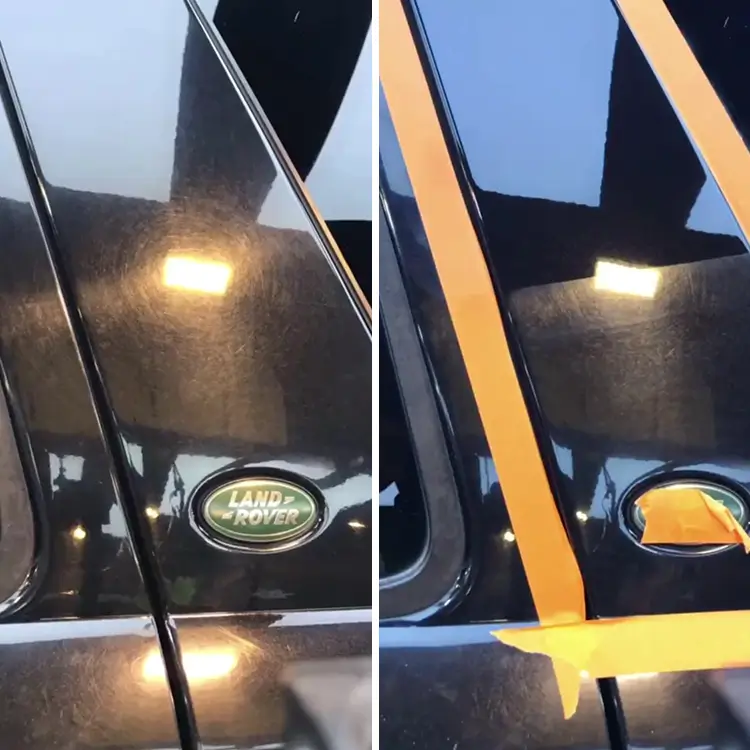The Best Way to Apply Polishing Compound: A Comprehensive Guide
Auto detailing is an art that requires precision, expertise, and the right products. At SYBON, we understand the importance of achieving that perfect finish, which is why we specialize in high-quality auto detailing supplies. Today, we will delve into one of the most critical aspects of auto detailing: applying polishing compound. This guide aims to provide a detailed, step-by-step approach to ensure optimal results whether you are an import wholesaler, auto detailing shop owner, or auto repair center owner.
Understanding Polishing Compounds
Polishing compounds are abrasive materials used to remove surface imperfections and enhance the shine of a vehicle's paint. These imperfections can include scratches, oxidation, water spots, and other minor defects. The primary purpose of a polishing compound is to create a smooth, glossy finish by leveling the surface of the paint.
Types of Polishing Compounds
1. Heavy-Cut Compounds: These are designed to remove deep scratches and heavy oxidation. They are typically used as the first step in a multi-stage polishing process.
2. Medium-Cut Compounds: These are used for moderate imperfections and can sometimes be used as a one-step solution.
3. Fine Polishing Compounds: These are used to remove light imperfections and provide a high-gloss finish. They are often used as the final step in the polishing process.
Choosing the Right Polishing Compound
Selecting the appropriate polishing compound depends on the condition of the vehicle's paint. For heavily oxidized or scratched surfaces, a heavy-cut compound is ideal. For minor imperfections, a fine polishing compound will suffice. It is crucial to assess the paint condition before deciding on the compound to use.
Tools and Materials Needed
To achieve the best results when applying a polishing compound, you need the right tools and materials. Here is a list of essentials:
1. Polishing Machine: A Dual Action (DA) or Rotary Polisher is recommended for professional results.
2. Polishing Pads: Wool or foam pads can be used depending on the level of correction needed.
3. Microfiber Towels: High-quality microfiber towels are essential for wiping off excess compound and buffing the surface.
4. Detailing Clay: Used to remove surface contaminants before polishing.
5. Masking Tape: To protect trim and edges from polish residue.
6. Polishing Compound: Choose based on the level of correction needed.
Step-by-Step Guide to Applying Polishing Compound
Step 1: Preparation
Proper preparation is key to a successful polishing job. Here are the steps to prepare the vehicle:
1. Wash the Vehicle: Start with a thorough wash to remove dirt and grime. Use a high-quality car shampoo and ensure the vehicle is completely dry before proceeding.
2. Clay the Surface: Use detailing clay to remove any embedded contaminants that washing might have missed. This step ensures a smooth surface for polishing.
3. Masking: Apply masking tape to protect trim, edges, and other areas that you do not want to polish. This prevents accidental damage and ensures a clean result.
Step 2: Choosing the Right Pad and Compound
Selecting the appropriate pad and compound combination is crucial. Here’s a guide:
1. Heavy-Cut Compound and Wool Pad: For significant imperfections, use a heavy-cut compound with a wool pad.
2. Medium-Cut Compound and Foam Pad: For moderate imperfections, a medium-cut compound with a foam pad is ideal.
3. Fine Polishing Compound and Finishing Pad: For minor imperfections and to achieve a high-gloss finish, use a fine polishing compound with a finishing pad.
Step 3: Application Technique
The technique you use to apply the polishing compound can make a significant difference in the results. Here’s a step-by-step guide:
1. Apply Compound to the Pad: Apply a small amount of polishing compound to the pad. A few pea-sized drops are sufficient.
2. Spread the Compound: Before turning on the polisher, spread the compound evenly over the area you intend to polish. This prevents splattering and ensures even coverage.
3. Set the Speed: If using a Dual Action Polisher, set the speed to a low setting (1-2) to spread the compound. For a Rotary Polisher, a speed of 1000-1500 RPM is recommended.
4. Polish the Surface: Work in small sections (2x2 feet) to maintain control. Start with a slow, overlapping motion to spread the compound, then gradually increase the speed to a medium setting (3-4) on a Dual Action Polisher or 1500-2000 RPM on a Rotary Polisher.
5. Maintain Pressure: Apply moderate pressure to the polisher, allowing the pad to do the work. Do not press too hard, as this can damage the paint.
6. Check Your Work: After polishing a section, wipe off the excess compound with a microfiber towel and inspect the results. Repeat the process if necessary.
Step 4: Finishing Touches
Once the entire vehicle has been polished, it is essential to finish with a few final steps to achieve a perfect shine:
1. Wipe Down the Surface: Use a clean microfiber towel to remove any remaining compound residue.
2. Inspect the Paint: Check for any missed spots or remaining imperfections and address them as needed.
3. Apply a Sealant or Wax: To protect the newly polished surface, apply a high-quality sealant or wax. This adds an extra layer of protection and enhances the shine.
Common Mistakes to Avoid
To ensure the best results, here are some common mistakes to avoid:
1. Overworking the Compound: Polishing compounds can dry out if overworked. Work in small sections and apply additional compound as needed.
2. Using Too Much Compound: Excessive compound can lead to splattering and uneven results. Use small amounts and add more as necessary.
3. Incorrect Pad Selection: Using the wrong pad can lead to poor results or even damage the paint. Always match the pad to the level of correction needed.
4. Skipping Preparation: Skipping the washing and claying steps can result in surface contaminants being ground into the paint, causing more damage.
Benefits of Professional Polishing
Professional polishing offers numerous benefits that can enhance the appearance and value of a vehicle. Here are some key advantages:
1. Improved Aesthetics: Polishing removes imperfections and restores the paint's shine, making the vehicle look brand new.
2. Increased Resale Value: A well-maintained, polished vehicle can command a higher resale value.
3. Protection: Polishing, followed by the application of a sealant or wax, provides a protective layer that shields the paint from environmental damage.
4. Enhanced Durability: Regular polishing can extend the life of the vehicle's paint, preventing the need for costly repairs or repainting.
Conclusion
Applying polishing compound correctly is an essential skill for anyone in the auto detailing industry. By following the steps outlined in this guide, you can achieve professional-grade results that enhance the appearance and value of any vehicle. At SYBON, we are committed to providing the highest quality auto detailing supplies to help you achieve perfection in every detail.
If you are an import wholesaler, auto detailing shop owner, or auto repair center owner, we invite you to explore our range of products. Visit our website and fill out the contact form to get in touch with us for potential collaborations. Together, we can elevate the standards of auto detailing and ensure that every vehicle looks its best.
Source of this article:https://www.sybonbest.com
Get to know us through more channels:




